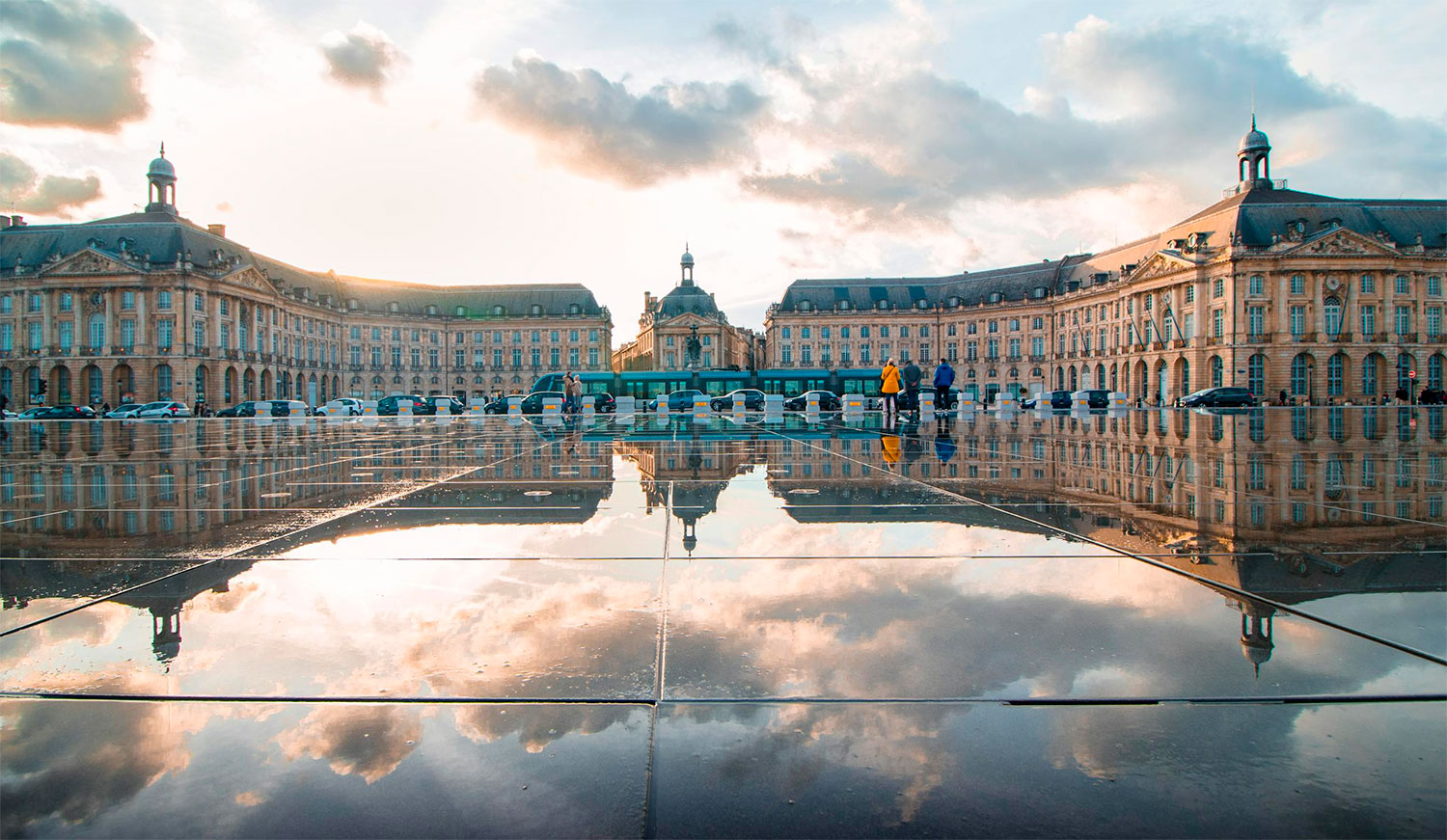Discover secret spots in Bordeaux that locals love: hidden gardens, secret wine bars, quiet squares, and places tourists often miss.
Bordeaux is famous for its grand monuments and lively riverfront. Yet behind the classic tourist spots, the city hides a more intimate side that few visitors experience. Locals know the charm of quiet courtyards, secret gardens, discreet wine bars, and authentic districts far from the crowds. Exploring these hidden places gives a deeper, more personal feel to a stay in Bordeaux. Unlike the busy Place de la Bourse or Rue Sainte-Catherine, these lesser-known corners reveal Bordeaux’s daily life, its creative spirit, and its old soul. However, these addresses are rarely found in guidebooks and are constantly evolving with the city’s rhythm. In this article, we explore the best hidden spots in Bordeaux, from little-known parks to authentic neighborhoods, to help travelers discover the city the way locals enjoy it. Prepare to see Bordeaux from a different angle—quieter, richer, and closer to its real identity.
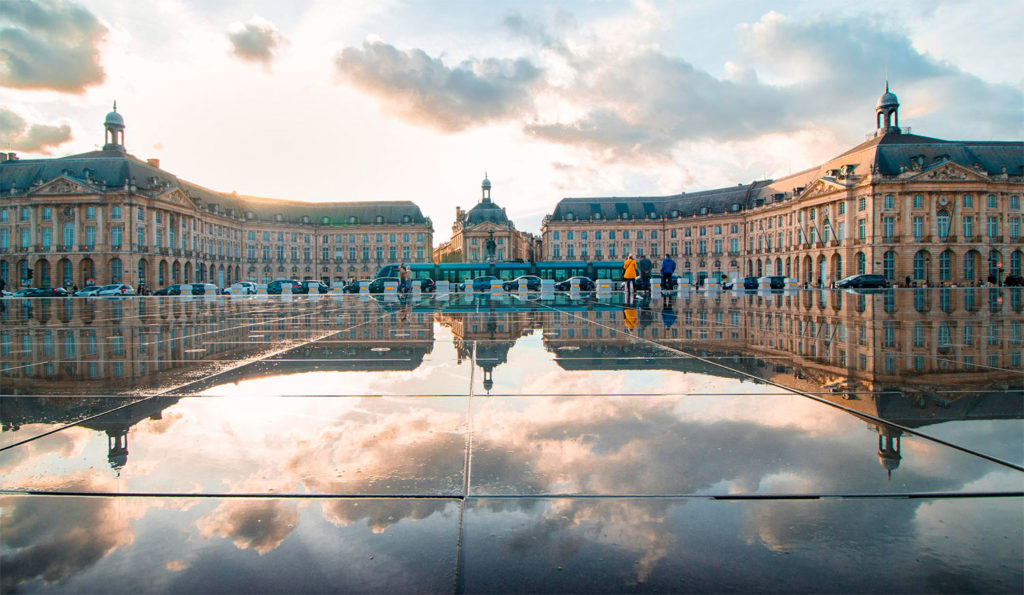
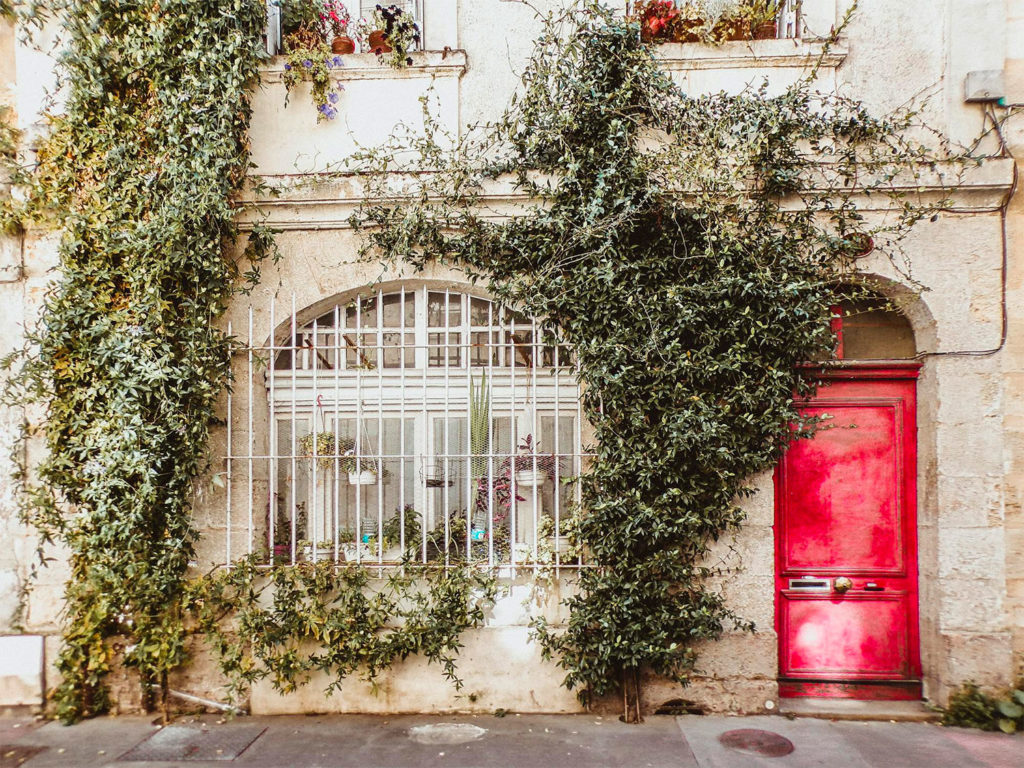
Hidden gardens and peaceful outdoor spaces
Bordeaux, dense with historic stone and bustling boulevards, hides several peaceful outdoor spaces where locals retreat far from the usual tourist trails.
Jardin de la Béchade, located discreetly near the Saint-Augustin district, is a true neighborhood garden. Measuring just under 7,000 square meters, it offers a calm atmosphere with its shaded lawns, old trees, and small playgrounds. It is primarily frequented by families and elderly residents, making it one of the rare parks in Bordeaux where you will almost never encounter tourists. Access is free and open daily, but afternoons, especially during school days, offer the quietest moments.
Parc Rivière is one of Bordeaux’s best-kept secrets. Nestled behind the high stone walls of the Caudéran area, this semi-wild park stretches over 4 hectares and hides the atmospheric ruins of a 19th-century château. Overgrown with ivy, the abandoned structure gives the park a melancholic charm that appeals to photographers and walkers seeking solitude. Unlike Parc Bordelais, no organized events disturb the serenity here. The park is open year-round from early morning until sunset, and dogs are welcome on leashes.
In the heart of the historic center, Square Vinet is perhaps the least known. Accessible via a narrow passage from Rue du Cancéra, this pocket park is remarkable for its 20-meter-long vertical garden designed by botanist Patrick Blanc. Over 50 species of plants cover the high walls, creating a surprising oasis amid the city’s limestone architecture. Benches invite visitors to pause, but few actually find the entrance, hidden between boutiques. It’s ideal for a quiet rest during a day of exploration.
These three sites, distinct in atmosphere and geography, reveal a quieter Bordeaux reserved for those who look beyond the obvious. Each offers a different way to reconnect with the city’s deeper, more secret rhythms.
Secret wine bars and cafés locals keep to themselves
Beyond the celebrated terraces of the Golden Triangle, Bordeaux hides intimate addresses where locals gather, often far from the tourist radar.
La Ligne Rouge, discreetly located just behind the historic Porte Cailhau, is one such place. Specializing in natural and biodynamic wines, this small bar with exposed stone walls attracts a loyal clientele of Bordeaux residents passionate about wine without pretension. The menu is concise but smartly curated, with glasses starting around 6 € and bottles from 30 €. The ambiance is unforced, the staff deeply knowledgeable, and evenings tend to stretch out on the few tables lining the cobbled alley. It’s advisable to arrive early—after 19:30, locals often fill every seat.
A short walk towards the Saint-Pierre district brings you to Café Eriu, an understated Irish café hidden in Rue des Bahutiers. While its name hints at its Celtic roots, Eriu is not a typical pub: it offers a tranquil setting for reading, working, or intimate conversations. Locals appreciate the quality of the coffee (beans from small European roasters) and the homemade pastries, notably their Guinness cake. There’s no loud music, no screens—just a few tables and a warm atmosphere that Bordeaux residents guard jealously. A latte costs around 4 €, and the kitchen serves a limited but excellent brunch on weekends.
Finally, Le Cancan remains one of Bordeaux’s best-kept secrets for cocktails. Hidden behind an unmarked door near Place du Parlement, this speakeasy revives the codes of prohibition-era bars with low lighting, velvet seating, and an inventive cocktail list. Entry is free, but seating is limited to around 30 people. Expect to pay 12–15 € for signature creations, many using local spirits and seasonal herbs. Reservations are recommended, though walk-ins are possible early in the evening.
Each of these spots offers an authentic glimpse into Bordeaux’s after-hours culture, cherished by those who know the city beyond its surface.
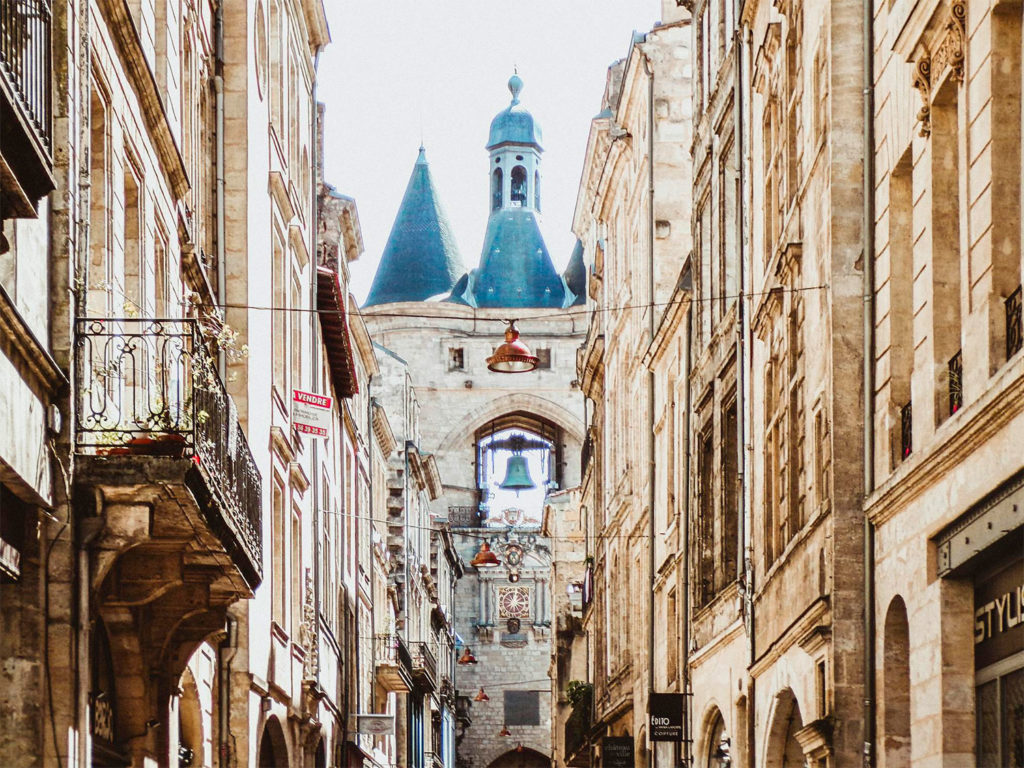
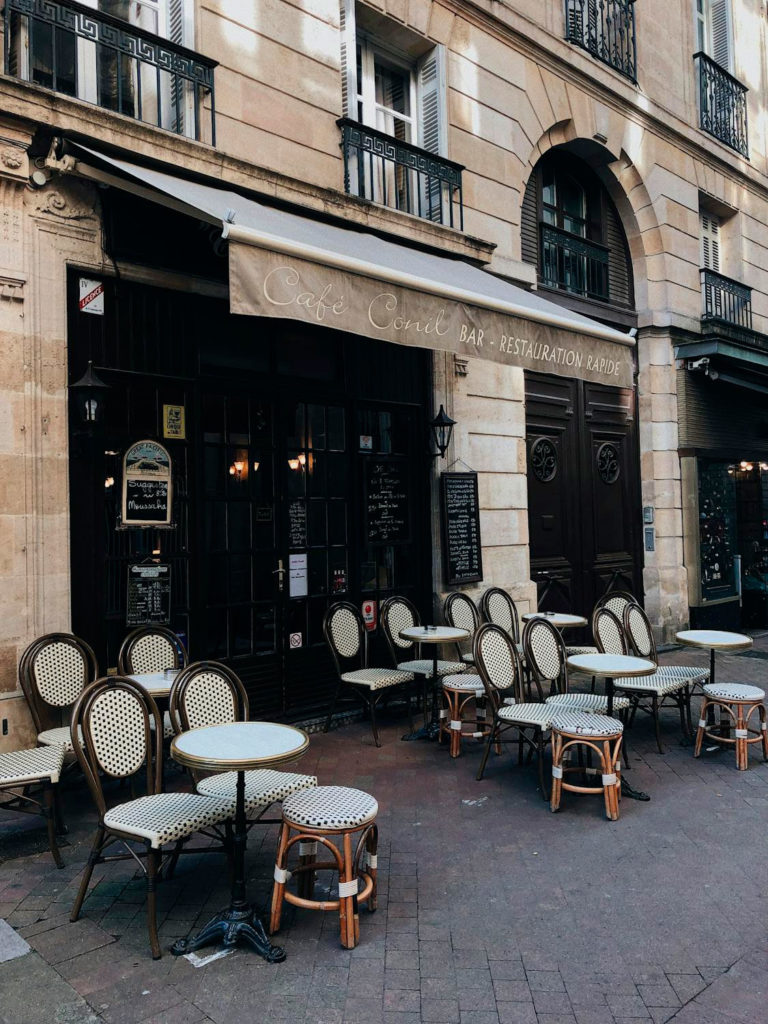
Authentic neighborhoods where tourists rarely go
While most visitors concentrate around the Garonne riverfront and the Grands Hommes district, Bordeaux’s real daily life unfolds in quieter, less explored neighborhoods.
Saint-Michel remains one of the city’s most authentic quarters. Historically working-class and deeply multicultural, it offers a vibrant mix of cultures without the polish of tourist areas. Around the imposing Basilica of Saint-Michel, small vintage shops, Moroccan bakeries, Portuguese grocery stores, and second-hand furniture dealers line the streets. The Saturday flea market at Place Saint-Michel is a local institution, attracting Bordelais bargain hunters rather than tourists. For pastries, Pâtisserie Saines Saveurs tucked in Rue des Faures, is known for its Moroccan specialties like almond gazelle horns and cornes de gazelle (around 1,50 € each). Saint-Michel remains lively yet authentic, particularly outside weekend peak hours.
Further north, Bacalan reveals a completely different side of Bordeaux. Once a rough docklands district, it has evolved into a creative and residential area while keeping its industrial soul. Locals flock to the Halles de Bacalan, a covered food market offering oysters, tapas, and local wines at accessible prices (plates starting around 8 €). The nearby Bassins des Lumières, a monumental digital art center installed in a former submarine base, draws some attention, but most of Bacalan’s streets remain quiet. Art studios, concept stores, and casual cafés like Les Requins Marteaux offer a glimpse of Bordeaux’s young creative scene.
Nansouty, located south of the train station, is perhaps the most family-oriented and discreetly charming district. Its central square, Place Nansouty, was recently renovated and is surrounded by independent bakeries, bookstores, and traditional bistros. In the mornings, the nearby streets fill with locals shopping at small greengrocers and cheese shops. Unlike more fashionable districts, Nansouty offers few “Instagrammable” spots—just a lived-in, genuinely Bordelais atmosphere, especially enjoyable on foot or by bike.
These neighborhoods show a Bordeaux that evolves daily, away from curated tourist circuits.
Art, culture, and places that feel truly local
Bordeaux’s cultural life extends far beyond the major museums and publicized art centers. For those willing to step off the main routes, the city offers spaces where artistic life breathes quietly, deeply connected to the local community.
The Musée des Arts Décoratifs et du Design (MAD), housed in the elegant Hôtel de Lalande near Gambetta Square, is a true insider’s museum. Unlike the more visited CAPC or Cité du Vin, MAD focuses on fine decorative arts from the 17th century to the present, offering rotating exhibitions on contemporary design alongside a remarkable permanent collection. Rooms are intimate, atmospheres hushed, and on weekdays, visitors often find themselves almost alone among porcelain, furniture, and avant-garde installations. Entry costs 6 €, making it an affordable and enriching stop for travelers seeking quieter cultural experiences.
In the lively Saint-Michel district, Marché des Douves represents another side of Bordeaux’s cultural identity. Originally built as a covered food market in the 19th century, it was reborn as a community center in 2015. Today, it hosts concerts, photo exhibitions, artisan workshops, and neighborhood festivals, often free or priced around 5–10 €. The structure’s brick arches and iron framework have been beautifully preserved, and wandering its spaces gives a direct glimpse into Bordeaux’s grassroots creativity. Events calendars are available online but are mainly published in French, keeping the venue largely within local circles.
Finally, Darwin Eco-System deserves mention, albeit carefully. Known to some tourists for its colorful graffiti and cafés, Darwin remains primarily a hybrid space of co-working offices, organic shops, and social projects. While the café and skate park are lively, most visitors miss the quieter corners: the coworking lofts, small urban farms, and independent workshops tucked behind unmarked doors. Exploring these areas, especially on weekday mornings, reveals Darwin’s real face—an evolving Bordeaux, between tradition and innovation, far from any tourist packaging.
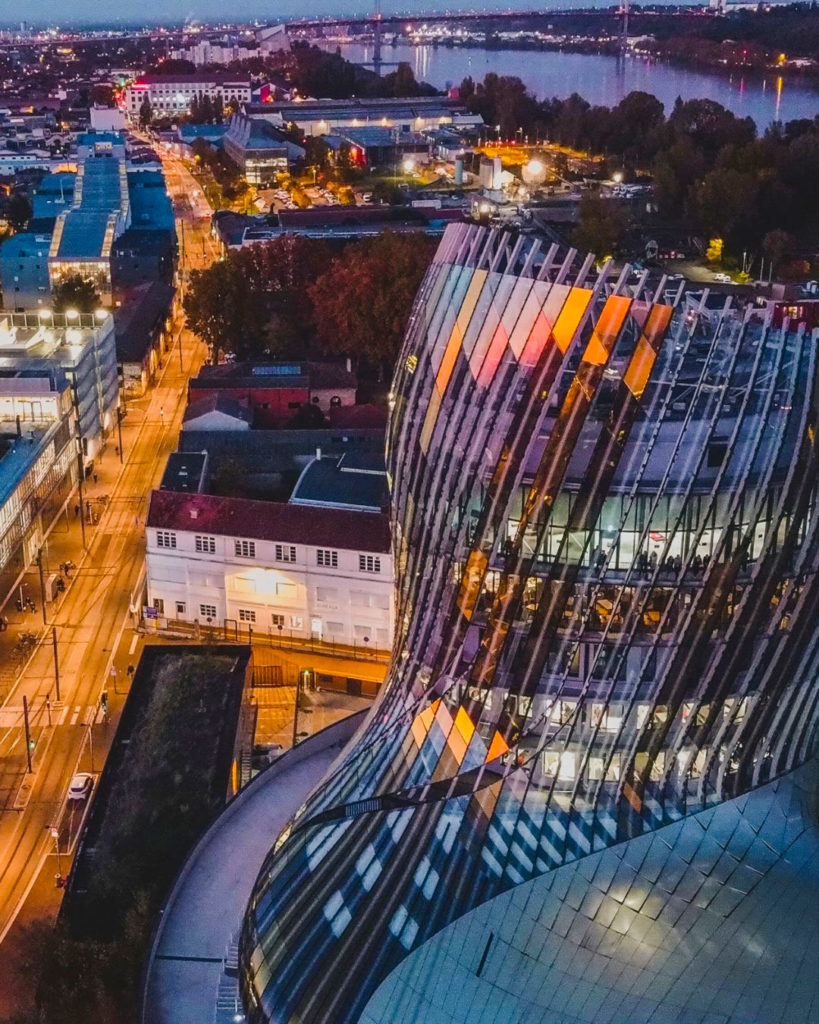
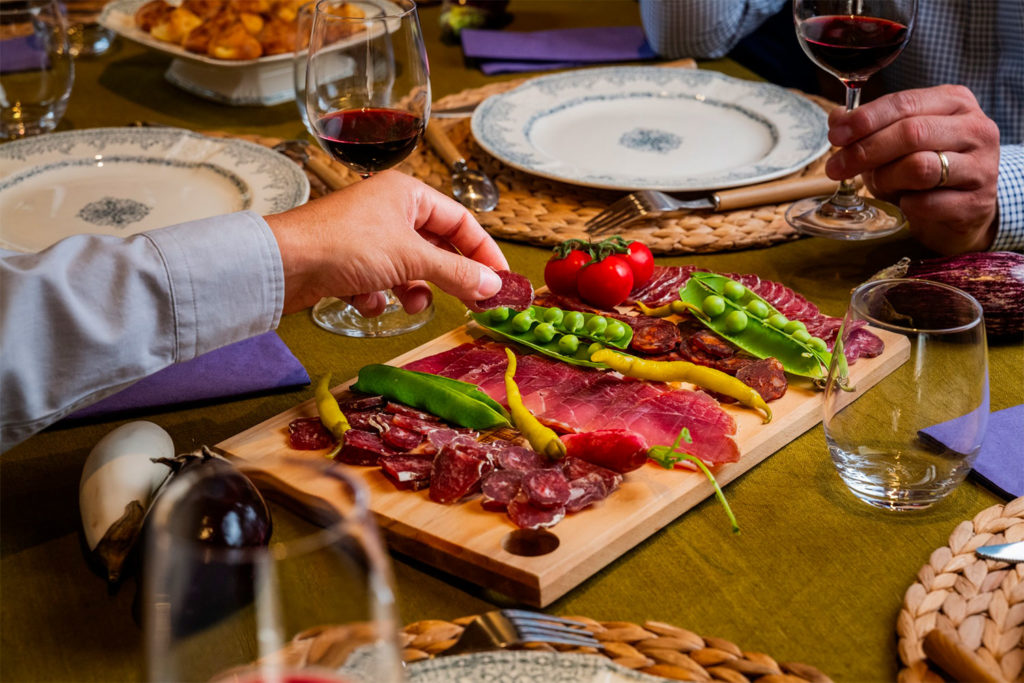
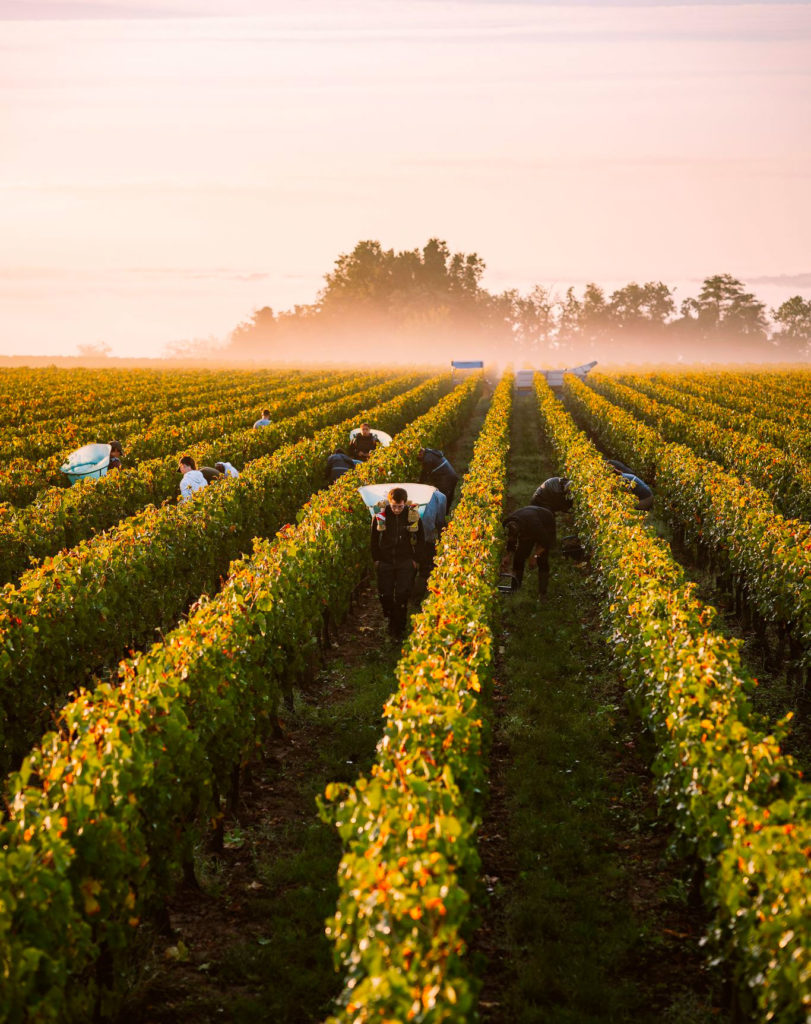
Practical tips to find hidden spots in Bordeaux
Discovering the more authentic side of Bordeaux requires a conscious effort to move beyond the obvious landmarks and the dense shopping streets of the city center. Most tourists naturally converge around Rue Sainte-Catherine, Place de la Bourse, and the Golden Triangle, but many of the city’s hidden treasures lie just a few tram stops or a short walk away.
One essential strategy is simply to walk beyond the immediate city center. Streets like Rue Notre-Dame in Chartrons, Rue des Faures in Saint-Michel, or the lanes of Nansouty offer a more intimate, daily view of Bordeaux life. Exploring on foot allows travelers to notice small courtyards, local bakeries, independent galleries, and family-run cafés often missed by those sticking to the standard tourist path.
Public transport is also an invaluable tool. Tram lines B and C are particularly useful for reaching less touristy areas. Tram B connects central Bordeaux with the Chartrons and Bacalan districts, both rich in creative spaces and authentic cafés. Tram C offers easy access to Parc Rivière or the emerging neighborhoods around Les Bassins à Flot. Tickets cost 1,80 € each, and day passes are available for 5 €, allowing flexible exploration without the need for a car.
Finally, timing matters. To experience hidden places at their most genuine, it is best to visit early in the morning or late in the afternoon. Mornings, especially on weekdays, are when markets like Marché des Capucins or Marché des Douves pulse with local life. Late afternoons, around 17:00–19:00, reveal a slower Bordeaux rhythm: locals enjoying an apéritif, children playing in neighborhood parks, or artisans closing their shops.
Moving slowly, observing carefully, and choosing the right times transform Bordeaux from a beautiful postcard into a living, breathing city of real discoveries.
XperienceFrance is your travel specialist in France.
